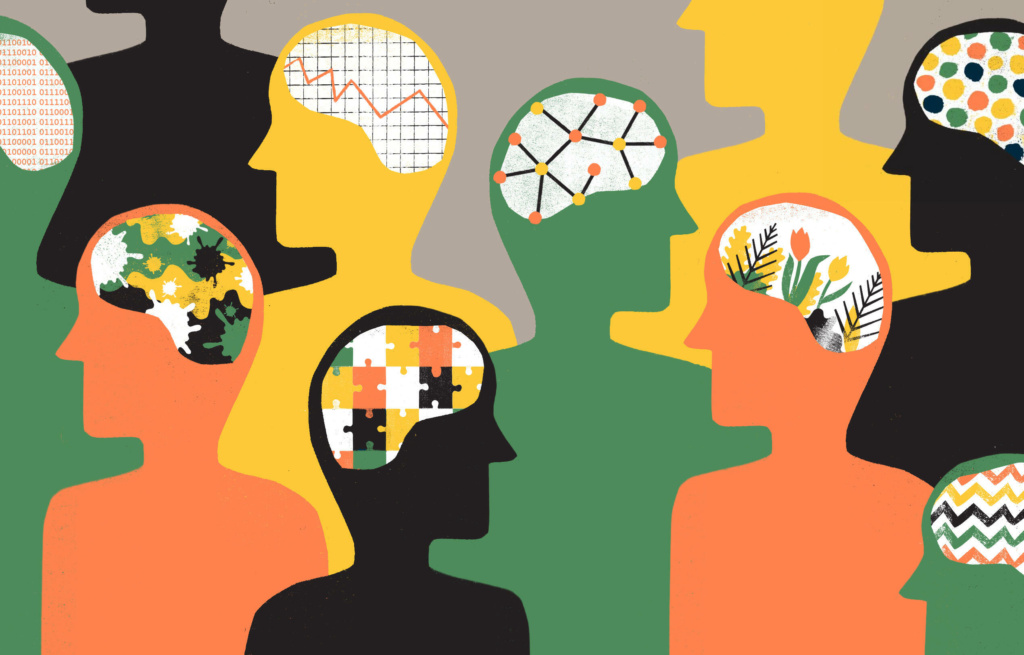
Music Therapy for Autism: A Parent’s Guide
Does your child light up when a favorite song comes on? Or maybe they find comfort in a particular melody during a meltdown? Music can be a pow....
Read More
Autism spectrum disorder (ASD) is a complex neurodevelopmental condition that affects individuals across a wide range of functioning levels. One of the often misunderstood aspects of Autism is sensory challenges.
Sensory processing differences are a hallmark feature of Autism, impacting how individuals perceive and respond to the world around them.
In this article, we will delve into the various facets of Autism and sensory issues in autistic individuals, including sensory overload, signs of sensory problems, sensory processing disorder, and how these challenges manifest in high-functioning Autism.
Sensory issues in Autism refer to atypical reactions to sensory stimuli such as sound, light, touch, taste, and smell. Research indicates that these sensory challenges affect up to 70-90% of individuals with Autism, showcasing the significant prevalence of this phenomenon (CDC). For autistic individuals, the brain's ability to interpret and organise sensory information can be different from that of neurotypical individuals.
One of the most widely recognised aspects of sensory challenges in Autism is sensory overload. This occurs when an individual becomes overwhelmed by sensory stimuli, leading to heightened stress levels and often resulting in meltdowns or shutdowns. The experience of sensory overload in Autism can be compared to having too many open tabs on a computer, causing the system to slow down or crash. For someone with Autism, their sensory system can become overloaded by even seemingly minor stimuli like fluorescent lights, background noise, or certain textures.
Recognising the signs of sensory problems in autistic individuals is crucial for understanding and supporting them effectively.
Some common signs include:
Sensory processing disorder in Autism is a condition where the brain has difficulty receiving and responding to sensory information. While not exclusive to Autism, SPD frequently co-occurs with the condition. Research suggests that around 75% of children with ASD also experience SPD (NIH). This overlapping occurrence of sensory challenges and Autism often intensifies the individual's struggles in daily life.
High-functioning Autism Sensory Issues are characterised by milder symptoms in areas such as communication and social interaction. However, sensory challenges can persist even in individuals with high-functioning Autism. These challenges might be subtler, but they can still significantly impact an individual's well-being and functioning.
Understanding sensory issues in autistic individuals is the first step towards effective management.
Here are some strategies that can help:
Sensory challenges are an intrinsic part of Autism that significantly influences how individuals experience and navigate the world around them. Sensory overload, processing differences, and sensory sensitivities can impact various aspects of an autistic individual's life. Recognising the signs of sensory problems in autistic individuals, understanding sensory processing disorder in Autism, and implementing supportive strategies are crucial steps towards improving the quality of life for autistic individuals.